
by DharamCW | May 17, 2025 | vCare PMI Certification Training Classes
🚀 Accelerate Your PgMP® Exam Success – Learn Anytime, Anywhere!
Are you aiming for the prestigious PgMP® (Program Management Professional) certification but struggling to find time?
🎓 At vCare Project Management, we understand the challenges of balancing work, life, and career goals. That’s why we offer a self-paced, expert-led learning program designed specifically for busy professionals.
📈 Join 552+ professionals from 57+ countries who’ve successfully trained under my mentorship and taken their careers to the next level.
What you get:
✅ Flexible Learning
✅ Cost-Effective Access
✅ Expert-Led Sessions
✅ Exam-Focused Materials
🎯 Whether you’re starting your PgMP® journey or preparing for the final step, this program is built to help you succeed—at your own pace.
📌 Program Fee: $499
🌐 Start Learning Today: https://bit.ly/2C4ObVP
🛡️ Trusted by professionals across the globe.
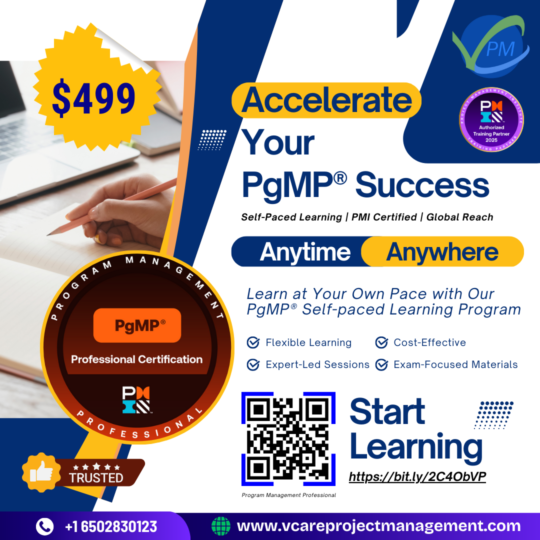
Accelerate your PgMP journey with flexible, expert-led learning—join Dharam Singh’s self-paced program today
👉 Explore More PgMP® Programs:
🔹 Online: http://bit.ly/2oBKQXQ
🔹 Direct Bootcamp: http://bit.ly/2oCfpg0
📘 How to Clear PgMP® in First Attempt: https://bit.ly/2Yo7EvQ
📘 How to Clear PfMP® in First Attempt: https://bit.ly/3BORnPq
🤝 Need guidance? Book a FREE 15-min Consultation with me: 🔗 talktodharam.com
🎥 Subscribe to our YouTube Channel for Q&A, expert talks, and success stories: https://bit.ly/2YF0wJl
🎙️ Follow my podcast series and interviews with global project management experts: https://bit.ly/2NDY8wd
#PgMP #PgMPExam #ProgramManagement #PgMPCertification #PMICertified #ProjectManagementTraining #PgMPPreparation #SelfPacedLearning #PgMPExamPrep #vCareProjectManagement #AccelerateYourSuccess #DharamSingh #PMI #ProgramManager
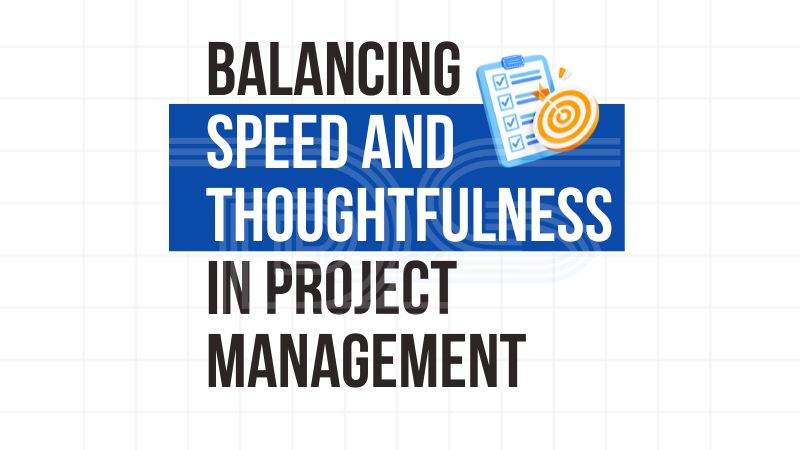
by DharamCW | May 15, 2025 | General, Leadership in Project Management
⏱️ In the rush to deliver fast, are you forgetting to deliver right?
After mentoring hundreds of project, program, and portfolio managers, I’ve seen one truth stand out: Speed means nothing without thoughtfulness. Swipe through these 5 essential principles to help you find that balance 👇
✅ Prioritize What Matters
– Identify the most critical tasks and focus your resources there
– Not everything needs to be done quickly — some things need to be done right
✅ Plan for Agility
– Use flexible frameworks like Agile or iterative planning
– This helps you adapt to changes while maintaining a thoughtful approach
✅ Communicate Clearly
– Keep your team aligned with clear, concise updates on priorities and timelines
– Thoughtfulness in communication reduces confusion and builds trust
✅ Evaluate Risks Carefully
– Weigh the trade-offs between speed and long-term impact
– Take calculated risks but avoid shortcuts that could lead to project failures
✅ Reflect and Refine
– After each phase, review what worked and what didn’t
– Continuous improvement ensures that speed and thoughtfulness remain balanced throughout the project
💭 Fast isn’t always forward.
👉 How do you personally balance speed with thoughtfulness in your projects?
Let’s open the conversation.
View our upcoming PMP Programs
Online → https://bit.ly/2BU0mFp
Direct → http://bit.ly/3ic7GRF
View our upcoming PgMP® Programs
Online → http://bit.ly/2oBKQXQ
Direct → http://bit.ly/2oCfpg0
View our upcoming PfMP® Programs:
Online → http://bit.ly/39jOZSf
Direct → http://bit.ly/38er2M3
🎙️ Got questions about your Project Management career or PMI certifications?
Book your FREE 15-min session with me at 👉 www.talktodharam.com
📞 Contact Us
Call: 650-283-0123
Email: info@vcareprojectmanagement.com
🎧 Subscribe & Stay Ahead
Webinars & Success Stories: https://bit.ly/2YF0wJl
Podcasts & Interviews: https://bit.ly/2NDY8wd
#ProjectManagement #PgMP #PfMP #PMP #Agile #Leadership #StrategicThinking #DharamSingh #vCareProjectManagement #SpeedVsQuality #PMICertifications #ContinuousImprovement #RiskManagement #TeamAlignment #ProjectLeadership
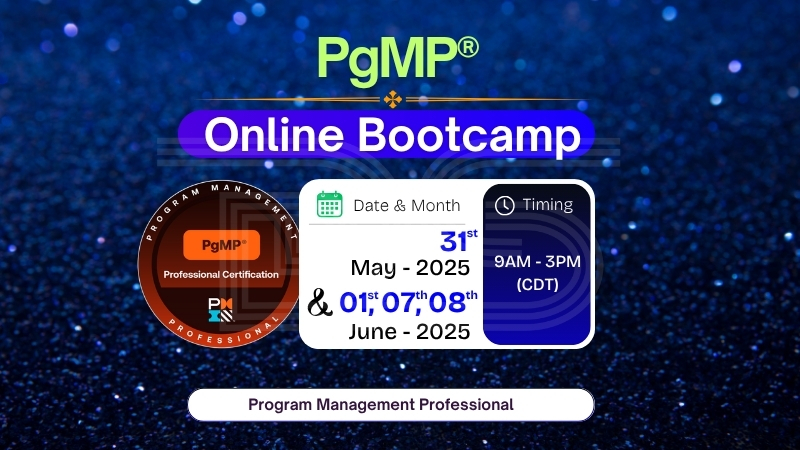
by DharamCW | May 13, 2025 | vCare PMI Certification Training Classes
Are you ready to take the next leap in your professional journey?
I’m excited to invite you to my upcoming Program Management Professional (PgMP)® Online Bootcamp, starting on May 31st, 2025. If you’re aiming to earn your PgMP® certification or want to sharpen your leadership in program management, this is the right opportunity for you.
🗓 Bootcamp Dates:
May 31st, June 1st, 7th & 8th, 2025
🕗 Timing: 9 AM – 3 PM (CDT)
🔗 Register now to unlock exclusive offers: http://bit.ly/3Kpk2l8
✨ Here’s what’s included:
✅ Comprehensive training aligned with PMI’s PgMP® standards
✅ PgMP® Complete Reference Guide (aligned with SPM 5th Edition)
✅ Step-by-step Application & Audit Support
✅ Proven Exam Strategies and Success Tips
✅ 48 PDUs / Contact Hours for Certification
Over the years, I’ve had the privilege of mentoring 549+ PgMP® professionals worldwide. This bootcamp is more than just training—it’s a focused experience to help you gain clarity, confidence, and certification.
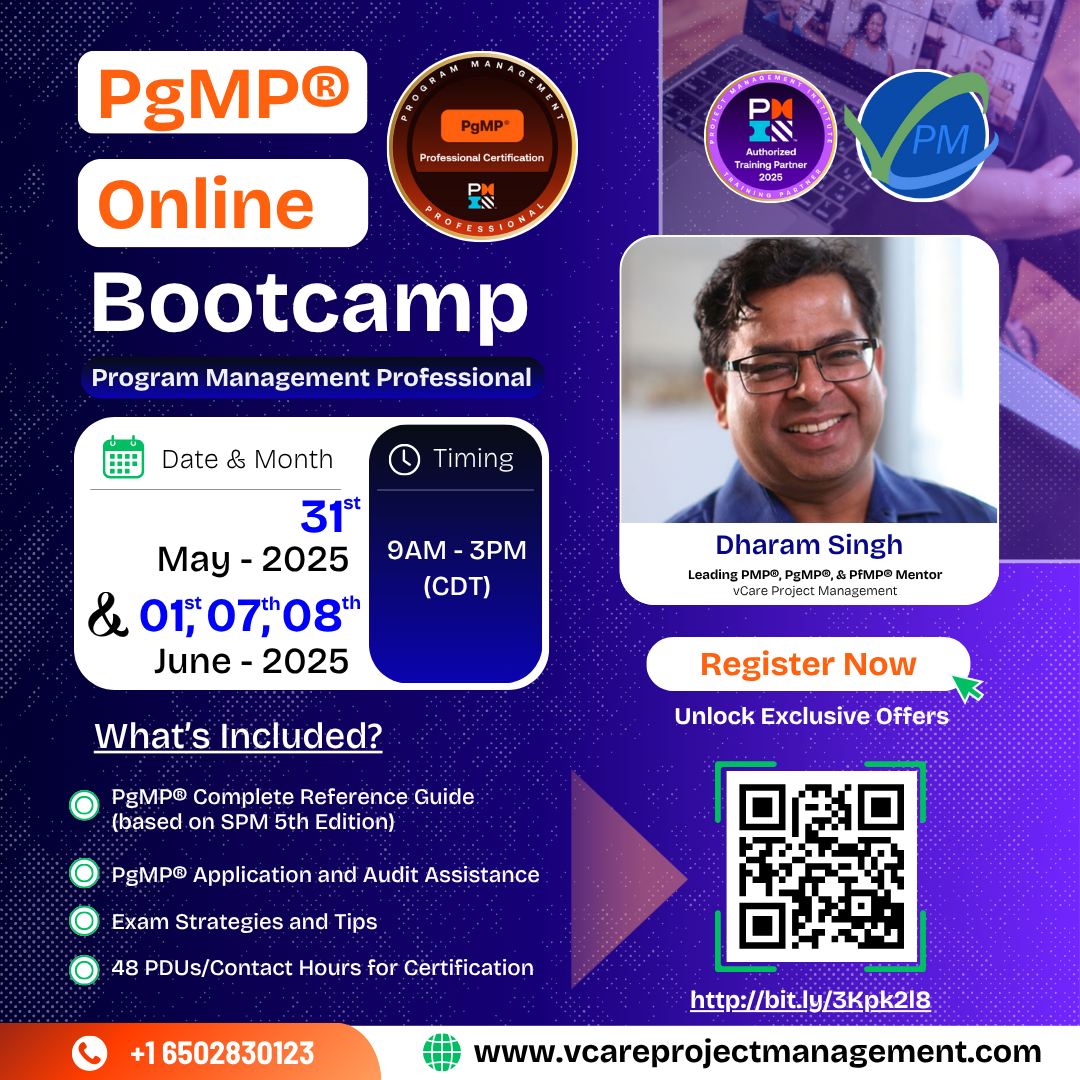
Unlock your PgMP certification goals with Dharam Singh’s expert-led online bootcamp starting May 31st, 2025
View our upcoming PgMP Programs
Online – http://bit.ly/2oBKQXQ
Direct – http://bit.ly/2oCfpg0
📞 For queries: +1 650-283-0123
🎥 Free Consultation with Me: http://talktodharam.com
🎯 Let’s make this the turning point in your PgMP® journey.
#PgMP #ProgramManagement #PMI #PgMPCertification #Bootcamp #DharamSingh #vCareProjectManagement #StrategicLeadership #Mentorship #PMITraining #PgMPBootcamp #CareerGrowth #pgmpexamprep #pgmpcertification
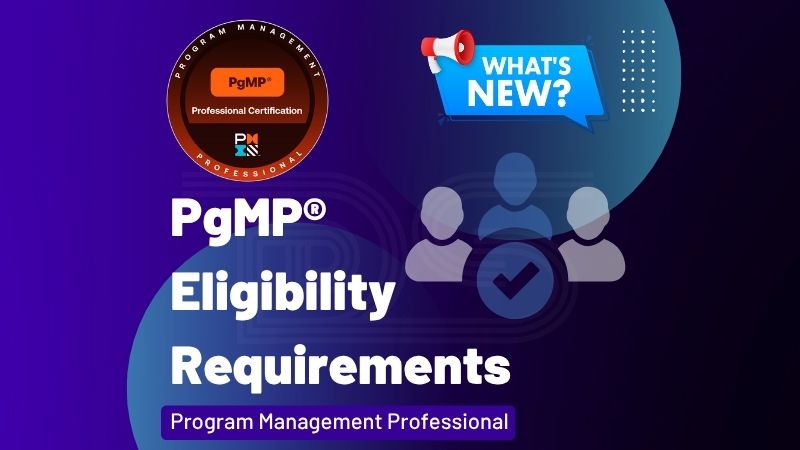
by DharamCW | May 11, 2025 | General, Industry Trends and Insights, Leadership in Project Management, PMI Certification Insights, Program Management
🎯 Is Program Management Professional (PgMP) certification the next step in your leadership journey? Before you jump in! Do you know which path you’re eligible through?
Let me make it simple for you 👇
✅ Set A – High School / Secondary Diploma
📌 48 months of project management experience (or PMP®)
📌 84 months of program management experience
🕒 All within the past 15 years
✅ Set B – Bachelor’s Degree or Higher (Global Equivalent)
📌 48 months of project management experience (or PMP®)
📌 48 months of program management experience
🕒 All within the past 15 years
✅ Set C – GAC-Accredited Degree (Bachelor’s or Master’s)
📌 36 months of project management experience (or PMP®)
📌 36 months of program management experience
🕒 All within the past 15 years
🚀 I’ve personally mentored 551+ PgMP® certified professionals across 57+ countries, including 168+ from the United States alone.
View our upcoming PgMP Programs
Online – http://bit.ly/2oBKQXQ
Direct – http://bit.ly/2oCfpg0
📅 If you’re unsure where you fit or how to prepare,
👉 Book a 15-minute, obligation-free session with me:
http://talktodharam.com
📞 For queries: +1 650-283-0123
💬 Which set do YOU fall under—A, B, or C?
Comment below and let’s discuss your PgMP® path!
#PgMP #ProgramManagement #PgMPEligibility #DharamSingh #vCareProjectManagement #StrategicLeadership #PMICertifications #PMI #PgMP2025 #CareerAdvancement #LeadershipJourney #ProjectToProgram #pgmpexamprep
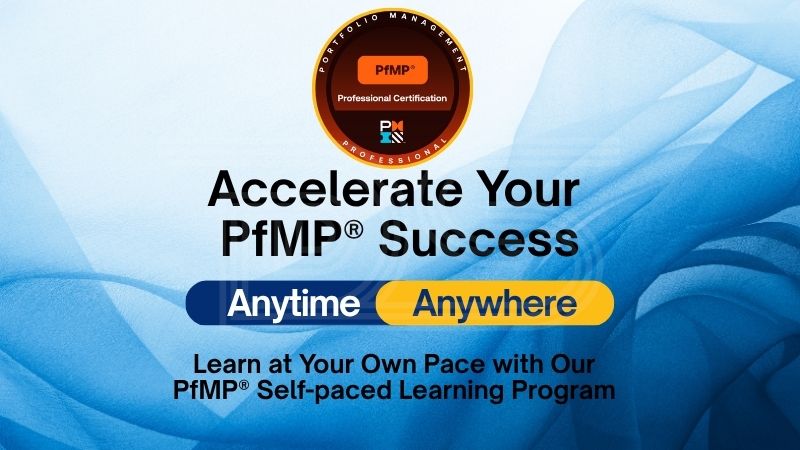
by DharamCW | May 7, 2025 | vCare PMI Certification Training Classes
🚀 Accelerate Your PfMP Exam Success – Learn Anytime, Anywhere with Me
Are you aiming for the prestigious PfMP (Portfolio Management Professional) certification but finding it hard to commit to a fixed schedule?
🔖 Price: $499
📌 Start Learning Today → https://bit.ly/3eWCjUE
I understand the challenges of a demanding professional life. That’s why I’ve designed a PfMP® Self-paced Learning Program — to bring you flexibility, affordability, and expert guidance, all on your own terms.
Over 175+ professionals across 30+ countries have trained under my mentorship and achieved their PfMP goals. Now it’s your turn.
🎯 Whether you’re just starting out or gearing up for the final round of preparation, this program empowers you with:
✅ Flexible Learning
✅ Cost-Effective Format
✅ Expert-Led Insights
✅ Exam-Focused Resources
💡 This program is aligned with the latest PfMP® exam standards.
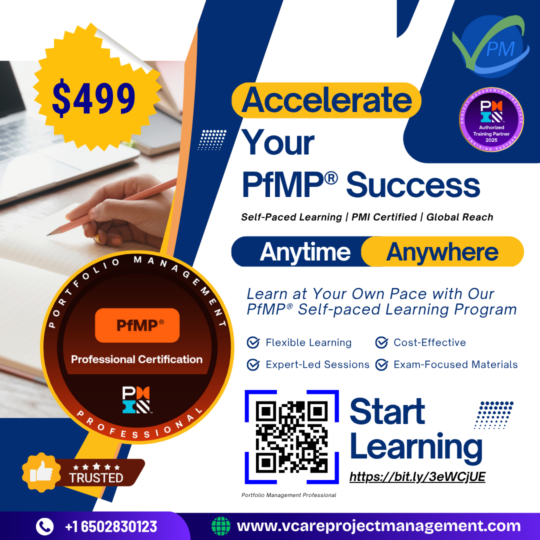
Train on your schedule—Dharam Singh’s PfMP Self-Paced Program delivers global success through expert-led flexibility
📌 Explore Our PfMP® Programs:
Online Training → http://bit.ly/39jOZSf
Direct Training → http://bit.ly/38er2M3
📌 Join Our PfMP® Community:
PfMP4U LinkedIn Group → http://bit.ly/31P7GKR
🗓 Need clarity? Book a FREE 15-minute consultation with me here: talktodharam.com
📺 Subscribe to our Q&A series, expert interviews, and certification journeys:
→ vCare YouTube Channel – https://bit.ly/2YF0wJl
→ PfMP Podcast Interviews – https://bit.ly/2NDY8wd
Let’s turn your PfMP® dream into a global success story.
#PfMP #PfMPExam #PortfolioManagement #PfMPCertification #PMICertified #ProjectManagementTraining #PfMPPreparation #SelfPacedLearning #PfMPExamPrep #vCareProjectManagement #DharamSingh #PMI #PortfolioManager #AccelerateYourSuccess









Recent Comments